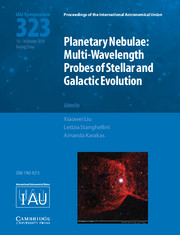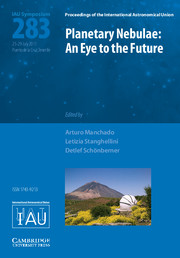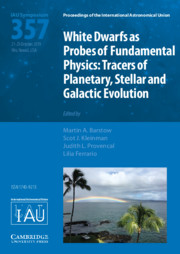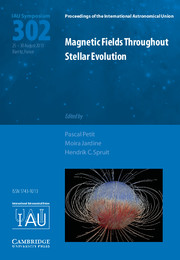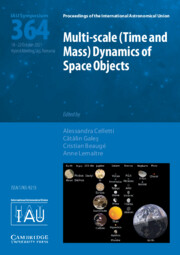Planetary Nebulae (IAU S323)
Planetary nebulae, glowing shells of ionized gas, are the spectacular products of the evolution of low- and intermediate-mass stars. For astrophysicists, they are important laboratories for the understanding of atomic, molecular, dust, and plasma processes in different cosmic environments; they enable the exploration of the fundamental physics of single and binary star evolution including nucleosynthesis, rotation, mass transfer and loss, and magnetic fields; and they help trace stellar populations, the kinematics, and chemistry of galaxies including our own galaxy, the Milky Way. This volume reviews the current status of this vibrant research field in the form of invited reviews, contributed talks, and posters presented at the IAU Symposium 323. It should be of interest to researchers and advanced students interested in this field and in related fields, including stellar physics, the interstellar medium, and Galactic and extragalactic astronomy.
- Planetary nebulae play an important role in the chemical/metallic enrichment of galaxies, with important consequences for their stellar populations
- Planetary nebulae lie at the intersection of many areas of astrophysics, such as stellar physics, the interstellar medium, and Galactic/extragalactic astronomy
- Presents state-of-the-art results from this vibrant field of research, including early results from Gaia and future prospects
Product details
October 2017Hardback
9781107169913
426 pages
255 × 179 × 20 mm
0.83kg
Available
Table of Contents
- 1. A census of the post-AGB stars and PN populations
- 2. PNe as a versatile laboratory I
- 3. PNe as a versatile laboratory II
- 4. From the AGB to the WD stellar phases
- 5. The connection between binary evolution and PN phenomena
- 6. PNe in nearby galaxies and chemical evolution
- 7. PNe outside of the local group
- 8. First results from Gaia and looking to the future
- Poster presentations
- Author index.

